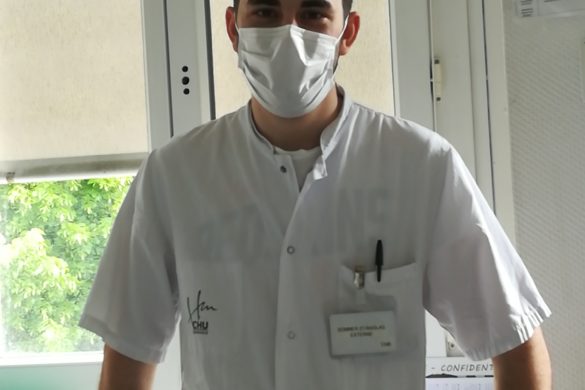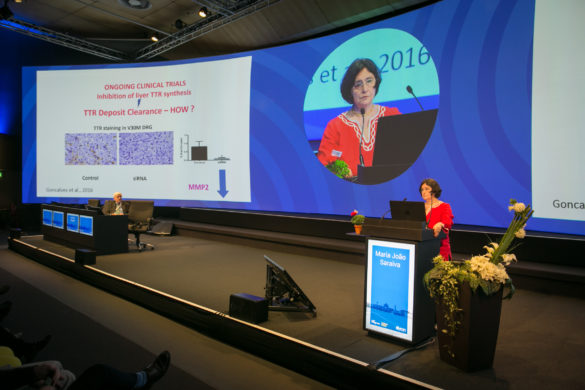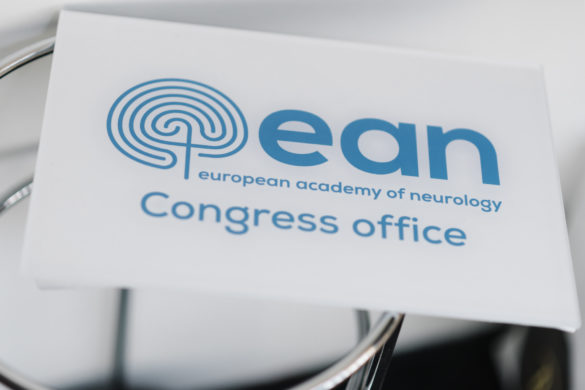CME Topical symposium: Digital outcome assessment
The symposium of digital outcome assessment had the aim to discuss objective measures performed by innovative digital techniques in different neurological diseases.
Prof. Kappos started the symposium discussing about the “neurostatus-eEDSS” digitally measured in patients with multiple sclerosis (MS) compared to the outcomes measured by the clinical EDSS. This movement-measuring device was built in collaboration with Microsoft, Novartis, and some universities. The preliminary results that he presented are very promising in terms of sensibility and specificity. Prof. Kappos highlighted that the e-assessment solutions can simplify the multidisciplinary approach needed to tailor MS management strategies to individual patients. Furthermore, digital and remote communication technologies can facilitate remote monitoring of patient symptoms, outcomes, and adverse events. These benefits are important because MS is a long-term, multifaceted chronic condition that requires ongoing monitoring, assessment, and management.
Prof. Beniczky showed some results regarding digital assessment outcomes in patients with epilepsy. He described the utility of EMG monitoring for generalized tonic-clonic seizures. The development of seizure-detection algorithms using one EMG channel is a promising innovative tool to detect the threshold of seizures. Additionally, in the clinical validation study a sensitivity of 94% and a median latency of 9 seconds were found. Indeed, the digital EMG assessment showed a sensitivity of 94% in distinguishing epileptic and non-epileptic seizures. The latter result is particularly interesting considering the difficulties in differentiating epileptic and non-epileptic attacks based only on clinical features. In the second part of the talk, Prof Beniczky also showed results of multicentre study on unimodal seizure detection based on accelerometery. The sensitivity was 95%.
The third speaker was Prof. Joaquim Ferreira, who discussed about the digital outcome assessment in Parkinson’s disease (PD). Prof. Ferreira showed results of his study on miniaturized and wearable sensor-based measurements, which have been enabling to assess motor-related features of PD. The human movement reconstruction and simulation were reliable using these tools, supporting their use in a clinical setting with increasingly precise and affordable motion technology. Digital measures can allow clinicians to improve diagnosis and monitor the progression of PD. Additionally, these results suggest that body-worn sensors allow neurologists to extend some quantitative movement-related measurements to patients’ daily living activities.
Reported by Antonella Macerollo
You can watch the webcast of this session here.












